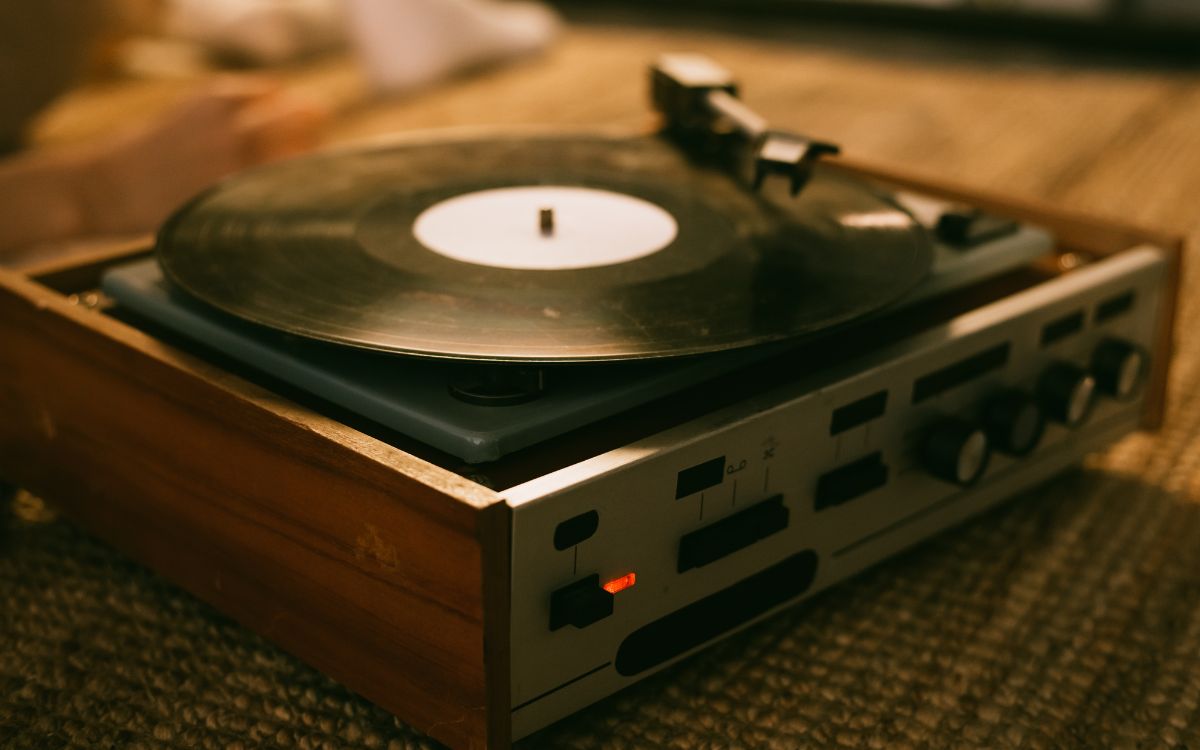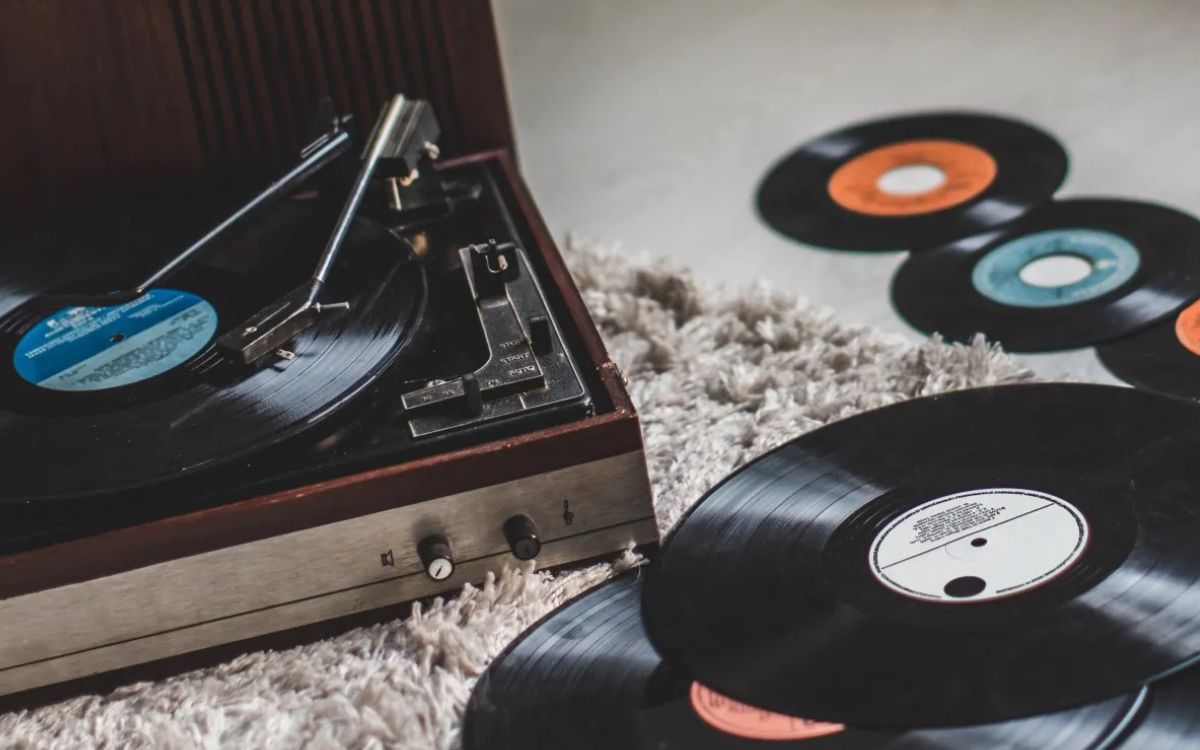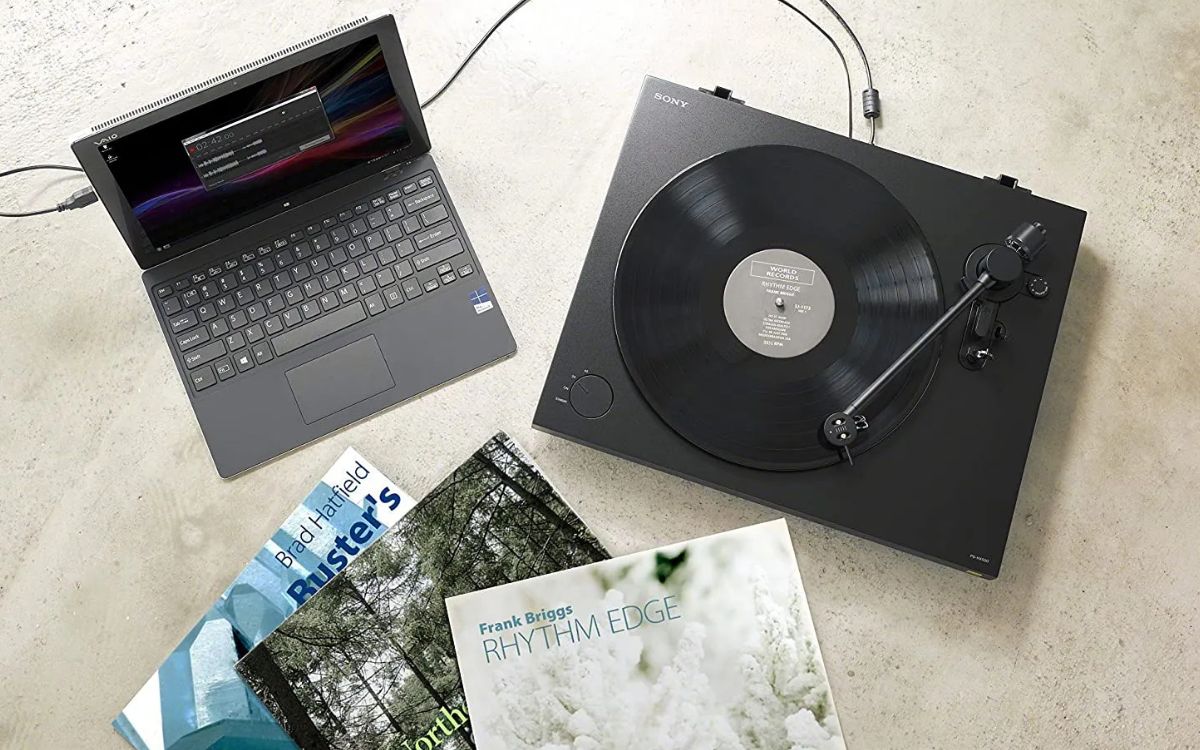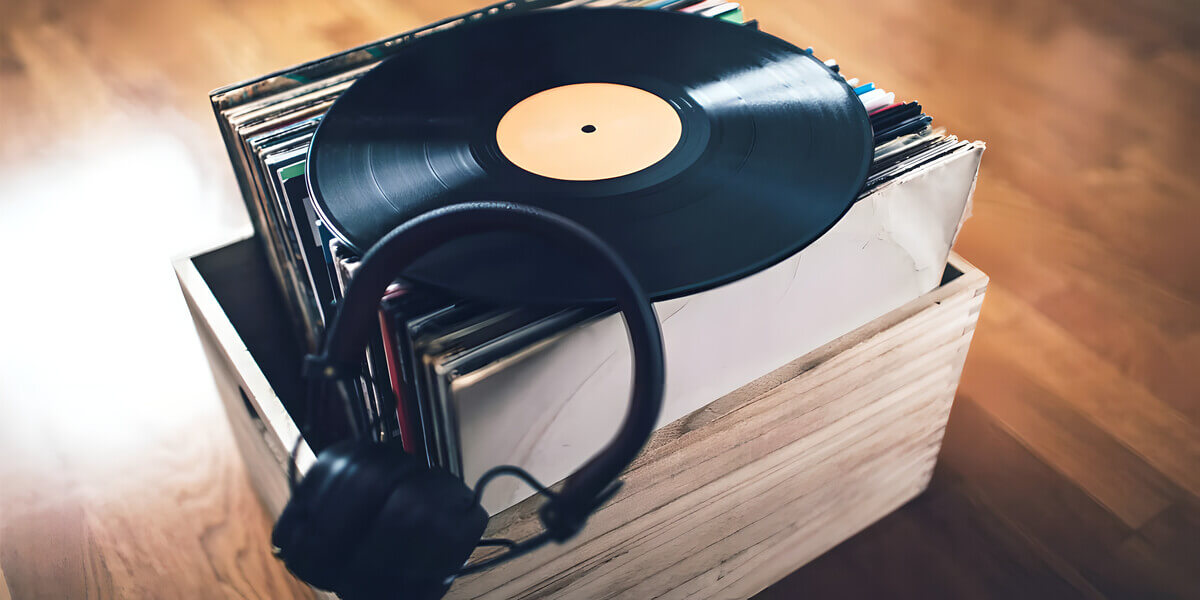Home>Production & Technology>Vinyl>How Is Vinyl Music Better Than Digital
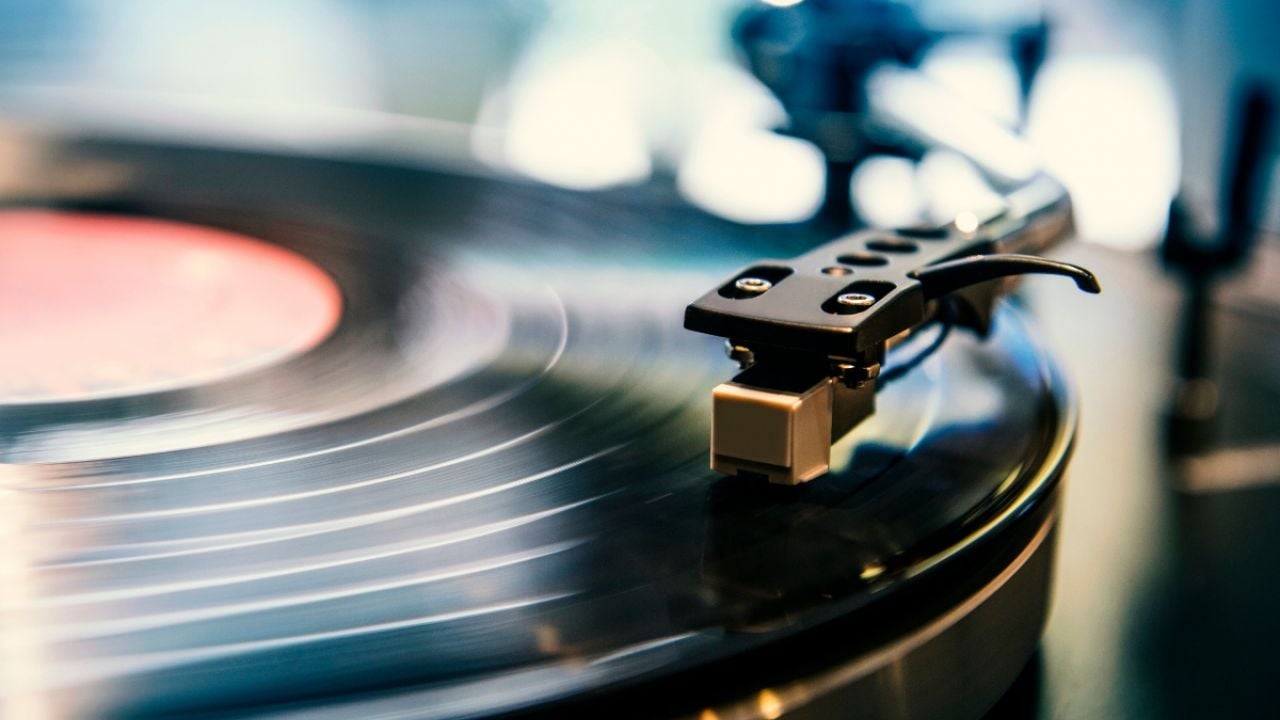

Vinyl
How Is Vinyl Music Better Than Digital
Modified: January 22, 2024
Discover the timeless magic of vinyl music and explore why it triumphs over digital formats. Immerse yourself in the warm, authentic sound that only vinyl can deliver.
(Many of the links in this article redirect to a specific reviewed product. Your purchase of these products through affiliate links helps to generate commission for AudioLover.com, at no extra cost. Learn more)
Table of Contents
Introduction
Welcome to the world of vinyl music, where the crackling sound of a needle hitting the groove transports you back in time. In an era dominated by digital music, vinyl has experienced a remarkable resurgence in popularity. People are rediscovering the magical experience of listening to music on vinyl, drawn to its unique sound quality, tangibility, and the nostalgic feeling it evokes.
While digital music offers convenience and accessibility, vinyl music offers much more than just the songs themselves. It provides a complete sensory experience that cannot be replicated by digital formats. From the warm and rich sound to the physical artwork and the act of carefully flipping the records, vinyl music creates a connection between the listener and the music that is truly special.
In this article, we will explore the various reasons why vinyl music is considered superior to digital formats. We will delve into the sound quality, the analog experience, tangibility and collectability, and the emotional connection that vinyl music brings. So, dust off your turntable, put on your favorite record, and let’s take a journey into the world of vinyl music.
Sound Quality
One of the main reasons why vinyl music is renowned for its superiority is its sound quality. Vinyl records have a certain warmth and depth that digital formats simply cannot replicate. The analog nature of vinyl produces a more nuanced and organic sound that audiophiles cherish.
Unlike digital music, vinyl records are not compressed or converted into binary code. Instead, the music is physically engraved onto the grooves of the record. This analog process captures every detail of the sound, including the harmonics and subtle variations, which can be lost in digital conversion.
Moreover, vinyl records have a wider dynamic range, which means they can handle louder and quieter sounds more effectively. This allows for a greater sense of depth and dimension in the music, enhancing the overall listening experience. Vinyl inherently captures the imperfections and nuances of the recording, giving the music an authentic and raw feel.
Listening to vinyl music on a high-quality turntable and sound system can result in a more immersive and engaging experience. The warmth and richness of the sound envelop the listener, creating a sense of being truly present with the music. It’s like having a live performance in your own living room.
While digital formats boast convenience and portability, the sacrifice comes in the form of audio quality. Digital music is often compressed to reduce file sizes, which unfortunately leads to a loss of sound quality. This is where vinyl stands out, offering a true high-fidelity experience that audiophiles and music enthusiasts crave.
In summary, the sound quality of vinyl music is unparalleled. The analog nature of vinyl records allows for a more organic, detailed, and immersive listening experience. For those who value the art of sound and appreciate the intricacies of music, vinyl is the ultimate choice.
Warmth and Depth
One of the distinctive characteristics of vinyl music is the warmth and depth it imparts to the listening experience. Unlike digital formats, which can often sound cold and sterile, vinyl records have a richness and warmth that can transport listeners to a different realm.
The warmth of vinyl music comes from the analog nature of the format. As the needle glides through the grooves, it produces a unique sound that is considered pleasing to the ear. The gentle crackling and pops that are often associated with vinyl add a layer of nostalgia and authenticity to the music.
Moreover, vinyl records have a greater dynamic range compared to digital formats, allowing for a greater sense of depth in the music. This means that the softest and loudest parts of a song can be captured and reproduced more accurately on vinyl. The resulting sound is more natural and immersive, giving the music a sense of dimension that digital formats struggle to achieve.
Another factor that contributes to the warmth and depth of vinyl music is the mastering process. Vinyl records are often mastered differently than their digital counterparts. Engineers take into consideration the unique characteristics of vinyl and tailor the master accordingly to optimize the sound quality. This dedication to preserving the authenticity and richness of the music translates into a warmer, more vibrant listening experience.
Listening to vinyl music on a high-quality turntable and sound system further enhances the warmth and depth. The combination of analog playback and quality equipment allows for a more accurate reproduction of the music, bringing out the subtle nuances and textures that might be overlooked in digital formats.
In essence, vinyl music offers a warmth and depth that is unparalleled. The analog nature, the unique sound of the format, and the mastery of vinyl-specific mastering all contribute to an immersive and captivating listening experience. Vinyl enthusiasts often describe the sound as more “alive” and “organic,” making it a preferred choice for those who crave a richer and more evocative musical experience.
Analog Experience
Listening to vinyl music goes beyond just pressing play on a digital device. It is a unique analog experience that engages multiple senses and creates a deeper connection with the music. From the physical act of handling the records to the intentional engagement required in playing them, vinyl offers a more immersive and interactive musical experience.
When you play a vinyl record, it becomes a ritualistic experience. The act of carefully removing the record from its sleeve, placing it on the turntable, and gently dropping the needle creates a sense of anticipation and involvement. It requires a level of attention and care that is lacking in the digital realm.
Additionally, vinyl music forces you to actively engage with the music as you listen. Unlike digital playlists that automatically transition from one song to another, vinyl records typically have distinct sides, providing natural breaks between the songs. This encourages listeners to be present and fully absorbed in the music, appreciating each individual track as part of a cohesive whole.
The analog experience of vinyl also extends to the physicality of the format. Holding a vinyl record in your hands, flipping through the album covers, and reading the liner notes is a tactile pleasure that digital music cannot replicate. The tangible nature of vinyl creates a deeper connection with the music, making it feel more personal and meaningful.
Furthermore, vinyl records often come with additional perks like bonus artwork, lyric inserts, and special edition releases. This adds an extra layer of excitement and collectability to the analog experience. Vinyl enthusiasts cherish the process of building their collections, scouring record stores, and uncovering hidden gems.
Ultimately, the analog experience of vinyl music is all about creating a deeper connection and appreciation for the music. It is about slowing down, taking the time to actively listen, and fully immersing yourself in the experience. The ritual, physicality, and engagement of vinyl contribute to a more meaningful and memorable musical journey.
Tangibility and Collectability
One of the enduring charms of vinyl music is its tangibility and collectability. Unlike digital music, which exists solely in the virtual realm, vinyl records offer a physical object that you can hold in your hands. This tactile experience adds a sense of value and uniqueness to the music.
When you purchase a vinyl record, you are not only buying the music itself but also the album artwork, the record sleeve, and all the physical elements that come with it. These elements contribute to the overall aesthetic and experience of the music. The larger canvas of an album cover allows for more detailed and intricate artwork, providing a visual representation of the music and enhancing the listening experience.
Vinyl records also offer a sense of collectability that digital formats lack. The hunt for rare and limited-edition releases, the joy of stumbling upon a hidden gem in a record store, and the excitement of building a curated collection are all part of the vinyl experience. Many vinyl enthusiasts take pride in their collections, displaying them as a physical representation of their love for music.
Moreover, vinyl records have the potential to appreciate in value over time. Certain rare or sought-after releases can become highly valuable in the collectors’ market, making vinyl a potential investment. Unlike digital music, which can be easily duplicated and shared, the limited production nature of vinyl adds to its collectability and exclusivity.
Additionally, vinyl records have a longer lifespan compared to digital formats. Properly stored and cared for, vinyl records can last for decades and retain their quality. This longevity adds to their tangibility, as they become tangible artifacts of music history.
While digital music provides convenience and portability, it often lacks the tangible and collectible aspects that vinyl offers. The physicality of vinyl records adds a sense of nostalgia, intentionality, and pride in ownership. It transforms the act of listening to music into a cherished and tangible experience.
Album Artwork
Album artwork has always been a significant part of the music listening experience, and vinyl records showcase this artwork in all its glory. From the iconic covers of The Beatles’ “Abbey Road” to Pink Floyd’s “The Dark Side of the Moon,” the visual representations of albums on vinyl are an integral part of the music’s impact.
The larger canvas of vinyl album covers allows for more intricate and detailed artwork compared to digital formats. Artists put significant thought and creativity into designing the album covers, often using them to visually convey the themes and emotions of the music. The result is a fusion of visual and auditory art that enhances the overall listening experience.
Vinyl records also provide an opportunity to appreciate the album artwork in its full size and detail. Holding the record in your hands and examining the artwork up close creates a deeper connection with the music. It allows you to explore the subtle nuances and hidden symbols that may have been lost in a smaller digital image.
Album artwork on vinyl also tells a story about the time and culture in which the music was created. It reflects the artistic trends and influences of the era, providing a visual time capsule. Whether it’s the psychedelic graphics of the 1960s or the minimalist designs of the 1980s, album artwork on vinyl is an artistic representation of the music’s context.
In recent years, vinyl collecting has experienced a resurgence, and album artwork plays a significant role in this revival. Many music enthusiasts appreciate the aesthetic value of vinyl records and display them as decorative pieces in their homes. Album covers become conversation starters and a way to showcase personal taste and style.
Furthermore, vinyl reissues and special editions often come with bonus artwork, inserts, and booklets, providing even more visual content for fans to enjoy. The inclusion of additional visual elements further enhances the collectability and value of vinyl records.
Overall, album artwork is an essential part of the vinyl experience. The large format, attention to detail, and connection to the era in which the music was created make vinyl records a canvas for visual art as well as auditory pleasure. The combination of music and visual artistry on vinyl creates a holistic and immersive experience for music lovers.
Nostalgia and Connection
One of the most powerful aspects of vinyl music is its ability to evoke a sense of nostalgia and create a deep emotional connection with listeners. Vinyl records hold a special place in the hearts of many, reminding them of a time when music was experienced in a different way.
For those who grew up with vinyl, the format represents a nostalgia for a bygone era. It takes them back to a time when albums were listened to from start to finish, and the act of flipping the record was an integral part of the experience. The tangible nature of vinyl records brings back memories of physically exploring record stores and carefully selecting albums to take home.
Additionally, vinyl music offers a connection to the past. When listening to records from the ’60s, ’70s, or ’80s, it’s like stepping into a time machine and experiencing the music as it was meant to be heard during that era. The crackling sound of the needle hitting the groove enhances this connection, creating an immersive journey through music history.
Vinyl records also provide a deeper connection to the artists themselves. The album covers, liner notes, and personal dedications give insight into the creative process and the stories behind the music. Listening to vinyl allows for a more intimate and personal engagement with the artist’s vision, fostering a deeper appreciation and connection.
Moreover, vinyl music stirs up emotions and creates a sense of intimacy that digital formats often lack. The warmth and depth of the sound, the physical act of handling the records, and the intentional listening experience bring a sense of authenticity and presence to the music. Vinyl enables listeners to slow down, be fully present, and immerse themselves in the emotional journey of the music.
There is also a sense of community and shared experience among vinyl enthusiasts. Record stores, record fairs, and vinyl listening parties create opportunities for like-minded individuals to come together and connect over their love for the format. The act of physically exchanging and sharing records fosters a sense of camaraderie and a shared passion for music.
In summary, vinyl music holds a nostalgic charm and creates a deep emotional connection with listeners. It transports us to a different time and place, evoking memories and enhancing our appreciation for the music. The tangible nature and intentional listening experience of vinyl provide a unique avenue for connection, both with the music and with others who share the love for this enduring format.
Conclusion
Vinyl music offers a multitude of distinct advantages that make it stand out in an era dominated by digital formats. From its unmatched sound quality and warmth to the nostalgia and emotional connection it evokes, vinyl provides a rich and immersive listening experience that cannot be replicated by streaming or digital downloads.
The analog nature of vinyl allows for a unique and nuanced sound that digital formats struggle to reproduce. The warmth, depth, and dynamic range of vinyl records create a more authentic and immersive listening experience that captivates audiophiles and music enthusiasts.
Furthermore, vinyl music offers an analog experience that engages multiple senses and creates a deeper connection with the music. From the ritualistic act of handling records to the intentional engagement required in playing them, vinyl encourages active listening and a more meaningful interaction with the music.
The tangibility and collectability of vinyl add another layer of appeal. The physicality of vinyl records and the aesthetic value of album artwork make for a visually compelling experience. Additionally, the hunt for rare releases and the joy of building a vinyl collection contribute to the intrigue and sense of ownership associated with the format.
Lastly, vinyl music carries a sense of nostalgia and fosters a deep emotional connection. It takes listeners back to a time when music was experienced in a different way and creates a link to the past. The tactile nature of vinyl and the intentional listening experience allow for a more intimate connection with the music and its creators.
In conclusion, vinyl music provides a multi-faceted and enriching listening experience. From its superior sound quality and tangible nature to the nostalgia and emotional connection it evokes, vinyl holds a special place in the hearts of music enthusiasts. Whether you are a seasoned collector or a newcomer to vinyl, exploring the world of vinyl music will undoubtedly enhance your appreciation for the artistry and magic of music.



